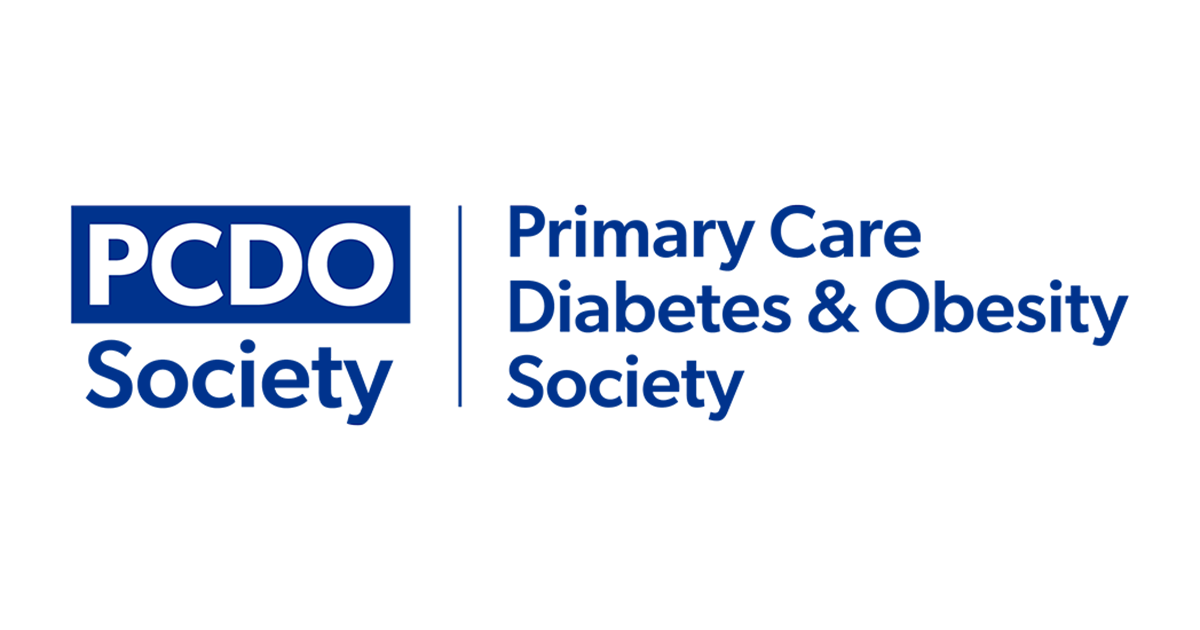Type 2 diabetes affects around 5% of the population of the UK (Diabetes UK, 2010). Conservative estimates place the cost of diabetes and its complications at approximately 10% of the NHS budget (Department of Health [DH], 2006), which was predicted to amount to about £10 billion in 2010. The number of people with type 2 diabetes has risen sharply from 1.4 million in 1996 to 2.6 million in 2009 and is expected to reach 4 million by 2025 (Diabetes UK, 2010; NHS Information Centre, 2010). This rapid increase has resulted in insufficient provision of care for people with diabetes. Diabetes care provided in hospitals is hugely oversubscribed and has left clinicians overworked and stressed, and patients disillusioned (NHS Diabetes, 2010).
Over the past 10 years, a number of new models of diabetes care have been trialled: shared care, outreach clinics and intermediate care. In shared care, individuals are reviewed by specialists on an annual basis or for major adjustments to management (such as insulin initiation) but are otherwise managed by GPs in the community (Diabetes UK, 2011). The success of this type of care is entirely dependent on the kind of services available in the community. When the GP and other community healthcare professionals are adequately trained and supported, outcomes improve, but in the absence of this the outcomes are poorer than with the original secondary care-based system. Outreach clinics that provide a secondary care clinic in the community have much the same effect as shared care; in the absence of providing support and education to community healthcare professionals they are no better than care provided in a secondary care setting.
An intermediate tier of care that falls between GP- and nurse-led community clinics and specialist care provided in hospitals has been developed to help bridge this gap. The intermediate tier helps in the management of people with diabetes who do not have conditions that necessarily need to be seen in hospitals, i.e. children, pregnant women, people with complications and people with type 1 diabetes. The key factor identified in the development of a new system for diabetes management is education and support of primary care clinicians such that they can manage their patients within the community and have specialist support when required. The intermediate tier of care has so far comprised: a diabetes specialist nurse (DSN), working within the community as well as in the secondary care setting, and GP with a special interest (GPSI) in diabetes (Diabetes UK, 2011). There is, however, little evidence that interventions within the intermediate tier are successful or cost-effective. With this in mind, the authors trialled a joint consultant–GP clinic in the community for people with diabetes who have poor glycaemic control.
Aims
This study aimed to determine if joint clinics by a hospital consultant and GP that take place in a primary care setting are effective in controlling diabetes, and to determine if these clinics are cost-effective.
Method
The patient list of the Beaconsfield Road Surgery was audited and 170 people with diabetes were identified, out of which 19 were found to have an HbA1c level of >10% (>86 mmol/mol). These individuals were invited to attend joint consultant–GP clinics at the surgery.
Those who agreed to participate in the study attended clinics held over 6 months. In these clinics, individuals were jointly seen by the GP, the consultant and the DSN together. Participants were able to discuss their diabetes control with the doctors and have their treatment adjusted. They were referred to other services or healthcare professionals as required. The opportunity was used to check their adherence to medication regimens and follow-up with the appropriate doctors or nurse was arranged as required. The average number of clinic visits per person was three.
Results
Nineteen people with type 2 diabetes were identified as having an HbA1c level of >10% (>86 mmol/mol) – 15 attended clinics, two left the practice during the course of the study and two were unable to engage in the intervention. The mean HbA1c level before the intervention was 11.8±1.23% (105±13.4 mmol/mol) with a median of 11.7% (104 mmol/mol); following the intervention, HbA1c levels had reduced to a mean of 10.7±2.44% (93±26.7 mmol/mol) and a median of 9.75% (83 mmol/mol) (P<0.03). Glycaemic control improved in 10 (67%) people, remained unchanged in one (7%) person and deteriorated in four (26%) people. The clinics were run over 6 months and on average, each person was seen on three occasions.
Financial effectiveness
The total cost of the intervention was £4000 and 15 hours of time. The saving made can be derived from the fact that a 1 percentage point reduction in HbA1c level reduces chronic complications by roughly 30%, although some complications can be reduced by as much as 60% and others by 20% (Diabetes Control and Complications Trial Research Group, 1993; Stratton et al, 2000; Ray et al, 2009). This can be expected to reduce the spend on diabetes by 30%. Thus, if this intervention was applied to all 85 people with an HbA1c level >7% (>53 mmol/mol), and all achieved an HbA1c reduction of 1 percentage point, the cost savings could amount to as much as £276 666.
This is based on the statistics that the total diabetes spend for the catchment population the surgery – which is 5000 – is expected to be £830 000. This spend in turn is calculated by extrapolating from the £10 billion (10% of NHS budget) (DH, 2006; NHS Confederation, 2011), which is spent on the care of people with diabetes for the whole UK population. The cost of intervention on all 85 people with poor glycaemic control would be £20 000. Thus, £13.50 would be saved for every £1 spent. The limitation of these figures is the fact that many assumptions were made in arriving at them.
Patient feedback on the clinic
Patients gave informal feedback on the clinic. The main positive feedback was the continuity of care as they saw the same consultant each time. Patients also felt that having their GP present was helpful as, according to them, the GP was aware of their social circumstances and any coexisting health problems. They preferred attending a clinic at the GP surgery rather than the hospital, as it was easier to attend with less waiting time and more time for consultation. The presence of the consultant gave weight to the clinic as they felt that this clinic was specifically looking after their diabetes rather than their general health or a single issue that would have normally been dealt with by their GP. They had more confidence in advice and treatment adjustments made by a specialist.
GP feedback on the clinic
GPs felt that the clinic provided a learning opportunity, with real case-based discussions. Having someone there to advise on the best course of treatment was helpful. The patients’ perception of the GP–consultant “team” increased the weight of advice from the clinic. The knowledge gained over the course of the clinic was helpful and meant that any other people with poorly controlled diabetes could be more effectively managed without referral to the hospital clinic, and those requiring referral (for example, for insulin initiation) are referred more quickly and more appropriately than before. Building a relationship with a consultant also meant that any further queries or advice could be sought easily and would be targeted to the specific needs of the GP and the individual.
Consultant feedback
The consultant found these clinics quite rewarding with respect to making a joint decision with the GP for the patient. It was felt that decisions were immediately acted upon and had greater adherence by the patients. He also found that ongoing GP education meant that the quality of subsequent referrals to hospital improved. The consultant also appreciated the community perspective and the social factors that can affect therapy adherence. He could also see that the patients had greater confidence in the care suggestions, which had mandate of both their GP (who knew other illnesses and medications) and the consultant (who is a specialist focusing on diabetes).
Discussion
The DH has a vision that diabetes care should be made available to people closer to their home (DH, 2006). The clinic described in this article provided dedicated services to people with diabetes in their local GP practice.
Over 6 months the mean HbA1c level of the group decreased from 11.8% (105 mmol/mol) to 10.7% (93 mmol/mol). The changes made involved initiation of insulin, adjustment of metformin and/or sulphonylurea dose and initiation of exenatide. Over the course of the clinics, each patient acted as a case study and a source of learning and teaching points. This allowed for transfer of knowledge from consultant to GP. This was one of the key advantages of this type of clinic. It provided the GP with knowledge specific to the needs of his patient and allowed the consultant to identify and fill gaps in knowledge as appropriate.
At the end of the 6 months, the GP had received enough training to be able to adjust the management of these individuals and similar cases in the community and was also able to better identify those who would need specialist input – such as insulin initiation – or consideration of newer treatments. This kind of training would need to be followed-up on a regular basis to allow GPs to remain up-to-date with new guidelines and drugs. This follow-up session could be for a few hours every 8–12 weeks. This kind of clinic fosters a relationship between primary and secondary care clinics, which should also facilitate any cases where shared care or further advice across health boundaries is required.
There are few published examples in the literature showing the clinical and financial effect of joint intermediate diabetes clinics. In Leeds, a community diabetes team has been established that consists of members such as GPSIs, DSNs and dietitians, which works in individual practice and locality settings. They also have access to enhanced podiatry and mental health support workers. Referral patterns have changed, with about 100 referrals per month diverted from hospital to the community. The service is cost neutral but the quality of care has improved. There are no data on HbA1c reduction. There is no involvement of hospital consultants and, therefore, the traditional boundaries have been redrawn but not completely eliminated.
The pilot described in this article, however, has a very small number of participants and its results will need to be examined in further studies. A number of assumptions have also been made in calculating the possible financial savings. The rate of complications in people with diabetes has been taken as 30% for ease of calculation but the actual figure varies for different complications from 15% to 60%. The assumption that the budget is distributed to individual surgeries based on the patients registered with them was also made. This is an approximation but not absolutely correct and other factors affect the actual allocation of funding to individual surgeries. The authors have further assumed that a 30% reduction in complications would translate to a 30% reduction in the diabetes spend for the same population. This again may not be exact as different complications may attract different levels of tariffs.
Conclusion
Joint clinics provided by GPs and consultants in the community can be effective in controlling diabetes and can save money. Such a strategy needs to be piloted on a larger scale and in different surgeries on people with poorly controlled diabetes. There are plans to start such clinics in East Sussex soon.





Seeing rising numbers of people with private prescriptions for injectable weight loss drugs, Jane Diggle discusses how to maximise their benefits.
3 Mar 2025